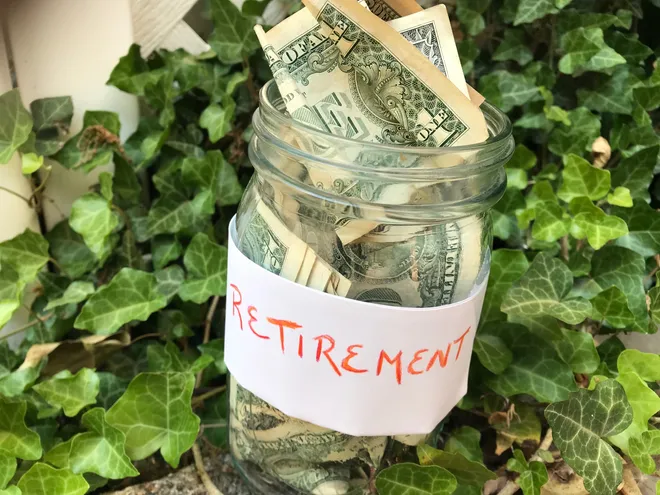The youngest of baby boomers — and some older Gen Xers — could end up even more confused about how much money they can sock away in their 401(k) plans in 2025.
Could someone in those age groups really save up to $34,750 — or the price of some compact SUVs — for retirement next year in a 401(k)? Yep, that’s the newly released mind-blowing max. Sure, you might need to skip some trips to the grocery, ditch vacation plans, and avoid sports betting or midnight binge shopping online to reach it.
Why are we suddenly talking about such big numbers? It’s because a new hyper-focused catch-up limit goes into place beginning next year, thanks to an obscure change made in the SECURE 2.0 act. Significant revisions in retirement savings rules were packed into SECURE 2.0, which was signed into law by President Joe Biden in late 2022 as part of a $1.7 trillion omnibus spending package.
What’s the new plan to supersize retirement savings?
Those just around the corner from retiring might be happy to hear that they have a way to sock away even more money in their nest egg.
A substantially higher “catch-up” contribution for 401(k) plans applies for savers aged 60, 61, 62 and 63 who participate in these plans at work beginning in 2025.
For example, if someone is 59 in March but turns 60 in September 2025, according to the IRS, they could contribute up to the maximum of $34,750 in a 401(k) plan in 2025.
For 2025, the higher catch-up contribution limit that applies to this age group is $11,250. That’s $3,750 on top of the ordinary $7,500 catch-up limit that starts to apply in the year that a saver turns age 50. Catch-up contributions for those 50 and up have long been a way for some who can save more to get an extra boost in their later working years.
We’re talking about savers who participate in most 401(k), 403(b), governmental 457 plans, and the federal government’s Thrift Savings Plan.
How 401(k) savings limits work
In early November, the Internal Revenue Service rolled out its new updated limits for retirement savers in 2025.
To start, individuals can contribute up to $23,500 — an extra $500 from the 2024 limit — to their 401(k) plans in 2025, according to the IRS announcement. The base applies to younger savers, as well as older workers.
Catch-up contributions, if you qualify, allow you to save even more than that initial limit. So there’s a maximum $7,500 catch-up contribution for one group of older workers. And there’s maximum $11,250 catch-up contribution for another group.
The total possible contribution allowed in a 401(k) plan is $34,750 for those aged 60 through 63 in 2025.
The most savings allowed in a 401(k) is $31,000 in 2025 for other employees aged 50 through 59, and then 64 and older. The catch-up contribution for that group remains at $7,500 for 2025.
Yes, people are bound to be confused. We’re talking about an entirely new rule here — and one that applies to some people but not to others.
Kirsten Hunter Peterson, vice president of workplace thought leadership for Fidelity Investments, said we are looking at a change that is a permanent provision.
“For example, if you’re age 56 today, you can expect to have the opportunity to save up to the higher dollar threshold when you reach age 60,” Hunter Peterson said.
Your employer would need to offer these new, supersize catch-up contribution limits to its workers next year. But Fidelity expects that the majority of plan sponsors could offer the increased catch-ups, based on discussions with plan sponsors.
Another twist is ahead for some higher-paid executives, managers and others. Beginning in 2026, employees earning $145,000 or more each year would be required to make any of their catch-up contributions into a Roth. By contributing to the Roth, these employees wouldn’t be getting an upfront tax break for those extra contributions.
Beginning in 2026, higher-paid employees could end up paying upfront taxes on some extra retirement savings set aside under catch-up provisions at a time when they’re generating the most taxable income.

